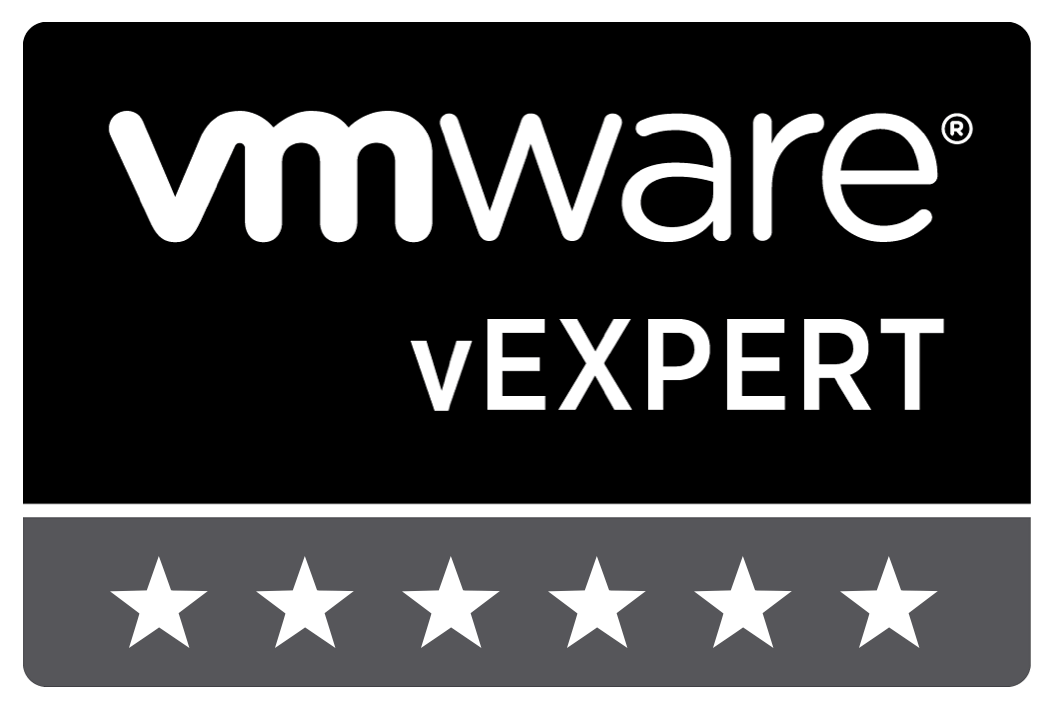Installing vRealize Operations Manager (for Horizon)
This post describes information about the new architecture of vRealize Operations Manager 6.x and necessary steps to deploy it. Additionally there is a description of installing package for VMware Horizon View.
There are main architectural changes in vRealize Operations Manager 6.x (vROPS) compared to vCenter Operations Manager (vCOPS) 5.x. In vCOPS a vApp consists of two VMs is deployed. In vROPS nodes are deployed. A deployment of one or more nodes is called cluster. After deployment the role of each node is to be define. Possible roles are:
- Master Node. The first defined node in a vROPS Cluster. This node manages all other nodes. In a small environment it is possible to deploy vROPS using just one node.
- Data Node. Node to collect data. Adapters can be installed on these nodes to collect data from specific data sources (for example storage arrays).
- Replica Node. For high availability Master Node can be replicated. These nodes are copies of Master Nodes.
- Remote Collector Node. For distributed environments you can deploy these nodes to collect data from remote sites.
Because of the simplicity I prefer running vROPS as virtual appliances. You also have to option to install vROPS on Windows or Linux. But be aware you can not mix these different types within the same cluster. The only exceptions are Remote Collector Nodes.
Steps to install vROPS as appliance
- Downloads vRealize Operations Manager 6.0.1 Virtual Appliance (OVA)
- Install nodes by using wizard to deploy OVF machines
- Use wizard to deploy them from vCenter Server. Do not deploy them from ESXi Host. This is different to vCOPS 5.x because you had to deploy them from ESXi host if you are using a cluster without DRS enabled. See my post for more information.
- An interesting detail is that advanced setting numa.vcpu.preferHT is set to true.
- Options in sizing ranges from Extra Small (2 vCPUs, 8 GB Memory) to Large (16 vCPUs, 48 GB Memory). Remote Collectors are also listed.
- If you need more nodes, deploy as many as you need.
- To set the hostname of a node or rename a node, do the following
- Take the node offline
- Start a console session (in VM monitor press Alt+F1) and login as root
- run command /opt/vmware/share/vami/vami_set_hostname new_FQDN
- Restart node and bring it online again
- After deploying at least one node, you can start building the cluster by defining the Master Node:
- Use a browser to navigate to
https://FQDN. If this is not working, usehttps://FQDN/adminorhttps://FQDN/admin/newCluster.action - You get a selection of possible action: Express Installation, New Installation and Expand an Existing Installation
- Enter a complex password for user admin
- You can enter an own certificate (PEM file) at wizard, or use a self signed certificate.
- Enter the name of you Master Node.
- Enter NTP servers.
- Start cluster by clicking Start vRealize Operations Manager
- Use a browser to navigate to
- After starting the cluster, you have to log in again.
- A wizard asks if you want to create a new environment or to import data from vCOPS.
- Select trial license or input you product key.
- After Master Node is set-up, you can add Data Nodes to cluster by using a browser to navigate to the nodes URL and select Expand an Existing Installation.
- To collect data out of vCenter, configure vCenter adapter in Administration > Solutions.
Install Horizon adapter and agents
- Download package VMware-v4v-6.1.0-2543154.zip from vROPS for Horizon download page. This zip includes the adapter, broker agent and desktop agent (for View desktop pre-5.2)
- Upload VMware-vrops-viewadapter-6.1.0-2543154.pak as Plug-in into vROPS by using add in Administration > Solutions. This step takes a few minutes.
- Enter license code in Administration > Licensing. You need a license code for vROPS itself and for the View Adapter. You can get easily a evaluation license for vROPS, for View Adapter type “eval” as evaluation license code!
- To add objects to get monitored by vROPS for Horizon, you have to add them to VMware Horizon Solution Licensing License Group. Furthermore you have to remove these objects from License Group Product Licensing. To do so, add rules for Host System, Virtual Machine and Datastore. Rule: Relationship Descendant of is not “All Hosts”|”All Desktop VMs” | “All Storage”.
- Configure vROPS View Adapter: Administration > Solutions > View Adapter > Configure. You can run only one Horizon Adapter per vROPS node. Add a new instance of the adapter. To do so enter a unique Adapter ID and create new Credentials. The Server Key will be used when configuring Broker Agent.
- Install Broker Agent on a View Connection Server. Setup wizard is straight forward. After the wizard vROPS View Broker Agent Configuration wizard starts automatically:
- Put in address of vROPS node with Horizon Adapter installed. If necessary, port number too. Click Pair… to put in Server Key entered in adapter configuration. If you get failed-error, try a more complex Server Key.
- Next step in wizard is to enter credential for View pod. This step is for View 6.x only.
- Next enter credentials for View event database.
- You have options to filter desktop pool to monitor by including or excluding a list of pools. If you enter no filter, all pools are being monitored. Here you can enable/disable monitoring of application pools and hosted applications. But you don’t have a filter for this kind of pools!
- After finishing the wizard the new service is automatically started.
- Check the dashboard View Adapter Self Health for varying installation.
- For View Agents 5.0 and 5.1 you have to install vROPS Desktop Agent manually in master VM. For newer versions this Agent is included View Agent. Get sure vROPS Desktop Agent was selected during installation of View Agent.
Notes
- Do not use “_” (underscore) in node names.
- There is no default password for user root. To log in as root, enter user and press enter at password. Then you have to set a new password for user root.
- To change settings made during deployment wizard, for example IP, default gateway, edit
/opt/vmware/etc/vami/ovfEnv.xml. Settings of this file is applied every reboot!
[Update] changing IP address this way works just for one reboot – sorry for this misleading information. A new post shows how to change IP address. - For view 5.0 and 5.1 additional steps are necessary. Please check installation guide for more information.



[…] (wizard where you could import data from previous version). How to enroll appliance see here. Do not add a vCenter to vROPS you want to migrate date from […]